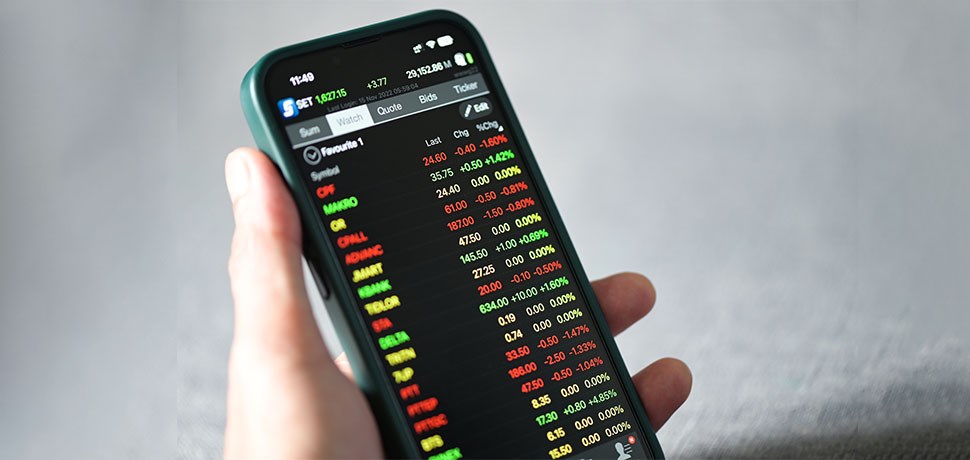
Hopes of a Federal Reserve pivot increased in November as consumer price inflation in the US shifted lower once more. The October CPI (released in November) printed at 7.7%, down from a peak of 9.1% four months earlier. The tone from the Federal Reserve governors remained hawkish given that inflation was still a long way off the 2.0% target but the market began pricing in a slower rate of US interest rate hikes. Two-year US treasury yields remained anchored around the 4.50% level with a view that the peak in the Federal Funds rate would be somewhere between 4.50% and 5.00%. Yields on the 10-year bonds, however, dropped from above 4.00% to close out the month at 3.70% - a view that future yields would eventually decline. The interest rate pivot narrative gained further traction following the release of the minutes of the 1-2 November Federal Reserve meeting which noted that “a substantial majority of participants judged that a slowing in the pace of increase would likely soon be appropriate”. The market took this to signal that the coming 14 December meeting would yield a 50-basis point rate hike following four consecutive 75 basis point rate hikes.
Global markets adopted a more “risk-on” approach in November and funds flowed out of the US dollar into riskier assets. After spending some time at the $0.98/€ level, the US dollar crossed parity once more and ended the month weaker at $1.03/€. This helped the rand improve from R18.38/$ to R17.00/$ over the month but this still reflected a 6% depreciation of the rand against the US dollar in 2022 so far. By end-November the rand had appreciated by 1% against the euro and by 4% against sterling. In the US, the S&P 500 index gained 5.4% in the month to follow the 8.0% gain in the previous month. Despite two consecutive months of gains, the S&P 500 remained down 14.4% for the first 11 months of the year. The FTSE/JSE All Share index recorded its best month of the year so far with a gain in November of 12.2% to follow the 4.7% gain in October. That left the local index in positive territory for the year-to-date (+1.2%) for the first time since April (see the monthly and year-to-date returns in the table below).
The global markets were also buoyed to some degree by developments on the other “pivot”, the Chinese zero covid policy. With the Chinese economy growing at a much slower pace, there were widespread concerns over what the tight lockdown of cities would mean for Chinese growth (and demand for commodities), global growth (via trade with the rest of the world) and global inflation (through further supply chain disruptions). Towards month-end, the Chinese authorities began streamlining some of their covid regulations and easing up a little on their zero-tolerance policy. The Chinese monetary authorities also moved to lend further support to the economy by reducing the reserve requirement ratio at banks to add further liquidity to the monetary system.
The markets will continue to monitor the global inflation story which should be helped along by base effects (a higher base from higher energy prices a year ago) and by much lower oil prices (now below $90/bbl from well over $120/bbl in June and over $130/bbl in March). European inflation may have peaked and UK inflation may soon turn lower too – which should further the global interest rate pivot story. The markets will also be watching the extent of the global economic slowdown and the depth and length of economic contractions/recessions. Allied to this will be the impact on corporate earnings. The earnings reporting season for the third quarter for the S&P 500 companies concluded in November with earnings up around 2% on average with revenue growth of around 8% (driven by inflation of a similar magnitude). Expectations for fourth quarter earnings, to be reported from January, are currently for a decline of around 2% on average. This is down from an expectation for earnings growth for the fourth quarter of 9% as recently as June. Once again, the outlook and earnings guidance going forward will be key. With the market mostly always forward-looking, its likely that the trough in corporate earnings and the bottom of the economic cycle will follow the low point in markets. Market volatility should persist as we move from economic release to economic release and from one central banker soundbite to the next. Developments in the Ukraine will also be closely watched as will the global response to Russia and the impact that might have on commodity prices, inflation, bond yields, currencies and the equity markets.